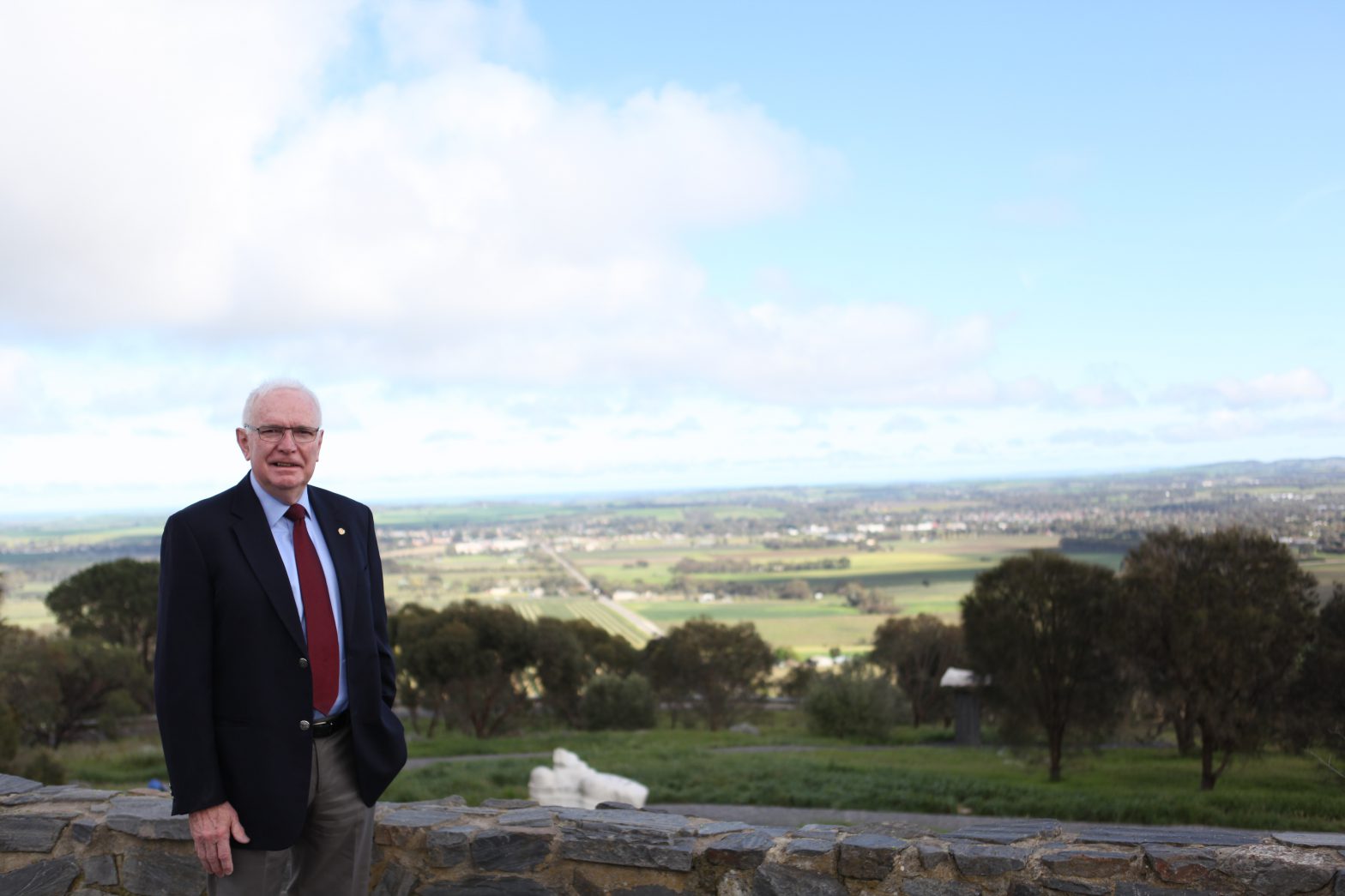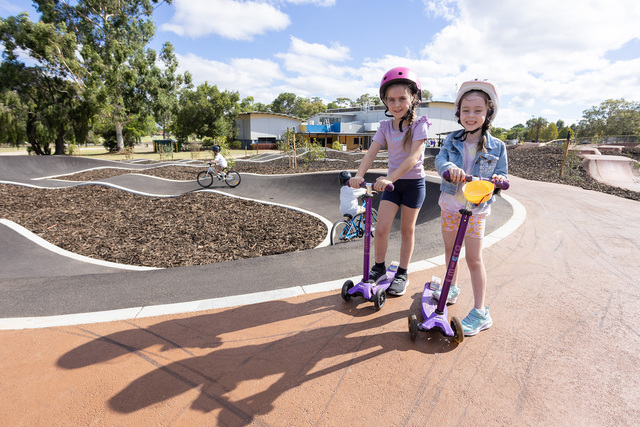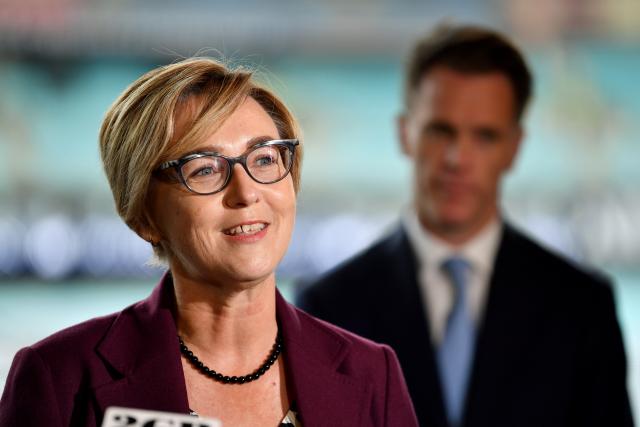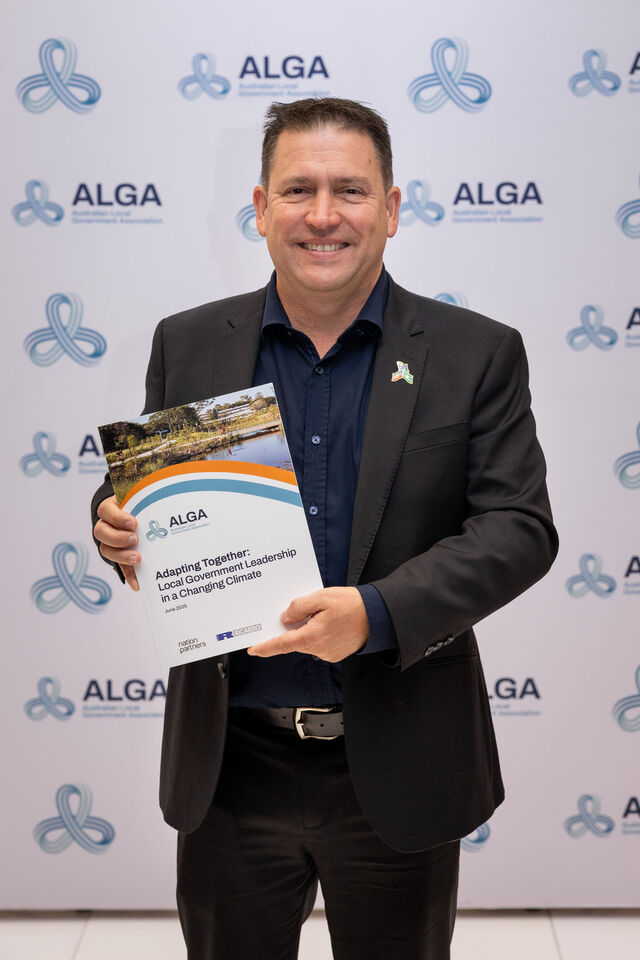The Barossa Council has announced plans for a regional, community infrastructure roadmap with a 50-year outlook.
The ‘Generational Investment in the Barossa’ project was given the green light at Tuesday’s Council meeting and signals a new era in planning for the growth of the South Australian region.
The $250,000, year-long scoping project will deliver a feasibility study with a fully costed, prioritised community plan for infrastructure development and investment that will drive community, social and economic outcomes. It will identify funding models and be the basis of a long-term strategy to deliver projects, not just plan for them.
There will be five key outcomes, including: recreational and sporting facilities at a regional and district level; integrated arts, culture and heritage facilities; an aquatics strategy for the district; and cycle tourism growth and connectivity.
The project will consolidate existing masterplans and new strategic plans across multiple sites, with a focus on delivering them with investment to occur over a medium term period.
The plan will be based on maintaining the existing service levels to core infrastructure that is not in the scope of this project including, halls and related buildings, roads, stormwater, footpaths, wastewater, community services, planning and building services.
Mayor Bob Sloane described the project as the “kingpin” of strategic infrastructure investment in key areas.
“We are aiming big to deliver significant, region-changing outcomes for the community, which is facing multiple demands and pressure on infrastructure,” he said.
“Over the next 12 months we will fully explore the costs and benefits of investment in recreation, culture and social infrastructure in order to deliver an integrated, prioritised and fully costed plan on a Barossa Council-wide basis.
“This plan will become the blueprint for everything we do in this space and ensure our community assets meet the needs of future generations of the Barossa. It is an extremely exciting project.”
Chief Executive Officer Martin McCarthy said Council’s strong financial position and a positive long-term outlook meant the time was right to determine how we can deliver an infrastructure project of this scale.
“We believe the Barossa has a significant role to play in creating jobs and growth in what is a challenging economic time for the North,” Mr McCarthy said.
“This plan, along with maintenance of our existing programs, which include additional funding for roads, stormwater, oval management and footpaths in the 2016-17 budget, provides the platform to meet those challenges with confidence by prioritising and costing the ‘what, when and how’ and identifying funding models and partners to deliver on this ambitious plan.
“This aligns with a new economic development strategy being developed for The Barossa Council region and reinforces that the Barossa is open for business.”
Mayor Sloane said Council would partner with the community to ensure the plan aligns with community needs.
“We will need to find funding partners as part of this ambitious infrastructure investment and all mechanisms will be explored in the project,” he said.
The project will be made possible through an internal Council temporary restructure that sees Director Corporate and Community Services Joanne Thomas appointed Project Director.
The project will begin in November and will combine internal and external resources.








